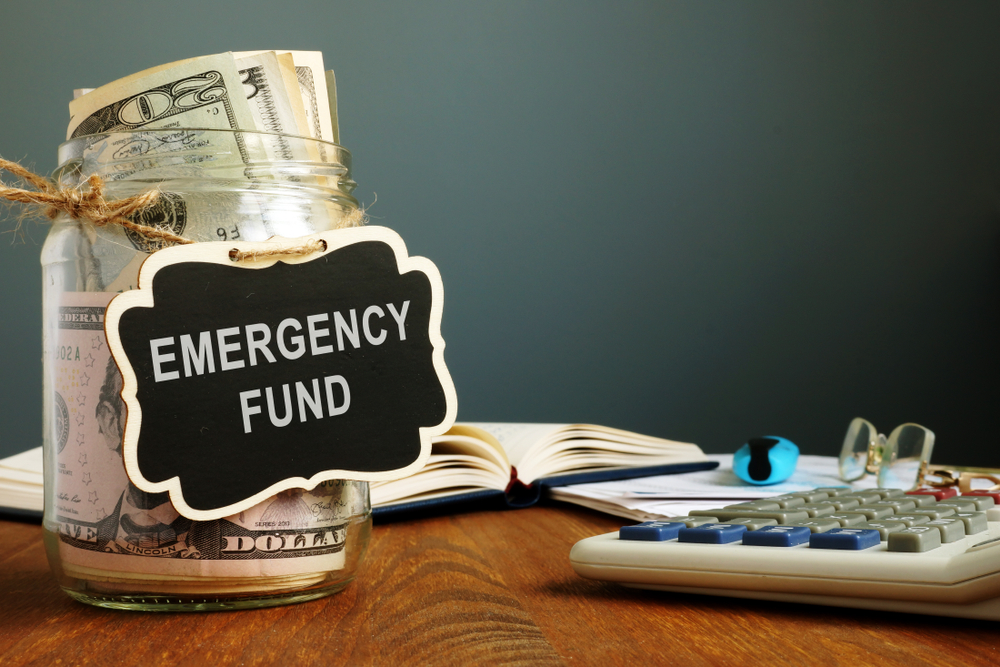Having a well-stocked emergency fund is crucial for financial stability and peace of mind. An emergency fund is a savings account dedicated to covering unexpected expenses or income loss, such as medical bills, car repairs, or job loss. By setting aside money regularly, you can avoid going into debt or dipping into your long-term savings when life throws you a curveball.
How Much Should You Save?
The recommended amount for an emergency fund varies, but most experts suggest saving between three to six months’ worth of living expenses. This means calculating your monthly expenses, including rent, utilities, groceries, and other essential costs, and multiplying that number by three to six.
For example, if your monthly expenses total $3,000, you should aim to save between $9,000 and $18,000 in your emergency fund. While this may seem like a daunting goal, it’s important to start small and build up your savings over time.
Leveraging Employee Benefits for Financial Security
Employee benefits can be a valuable asset in fortifying your emergency fund and overall financial well-being. Here are some ways in which these benefits can contribute to your financial safety net:
- Paid Time Off (PTO): Accumulated PTO can serve as a crucial resource during emergencies, allowing you to maintain your income when faced with unexpected circumstances that may require your attention or render you unable to work.
- Short-Term Disability Insurance: This coverage provides income replacement if you are temporarily unable to work due to a qualifying illness or injury, reducing the financial strain during challenging times.
- Health Savings Account (HSA): An HSA offers a tax-advantaged way to save for medical expenses, enabling you to cover healthcare costs without depleting your emergency fund.
- Retirement Accounts: While tapping into retirement savings should be a last resort, certain retirement plans may offer loans or hardship withdrawals as a safety net in dire situations.
Strategies for Building Your Emergency Fund
To start building your emergency fund, consider the following tips:
- Establish Clear Savings Goals: Define a specific target for your emergency fund based on your monthly expenses and financial obligations.
- Automate Savings Contributions: Set up automatic transfers from your checking account to your emergency fund to ensure consistent and hassle-free savings.
- Trim Unnecessary Expenses: Identify areas where you can cut back on discretionary spending and redirect those funds toward your emergency savings.
- Explore Additional Income Streams: Consider taking on side gigs or freelance work to supplement your primary income and accelerate your savings growth.
- Regularly Assess and Adjust: Periodically review your emergency fund progress, reassess your savings goals, and make necessary adjustments based on changes in your financial situation.
By proactively building an emergency fund and leveraging employee benefits, you can fortify your financial resilience and navigate unexpected challenges with confidence. Remember, financial security is a journey, and every step you take towards building your emergency fund brings you closer to a more stable and secure future.
Any opinions are those of Lori Peters and not necessarily those of Raymond James. The information has been obtained from sources considered to be reliable, but we do not guarantee that the foregoing material is accurate or complete.
Lori is a Certified Financial Planner™ practitioner and conducts daily compliance oversight for the firm, supporting our branch managers and ensuring that intermediate and long-term compliance standards are followed.
She is focused on helping guide clients in areas including cash flow, retirement distribution, tax, estate, life and long-term care insurance planning.


 Linkedin
Linkedin
 Facebook
Facebook



